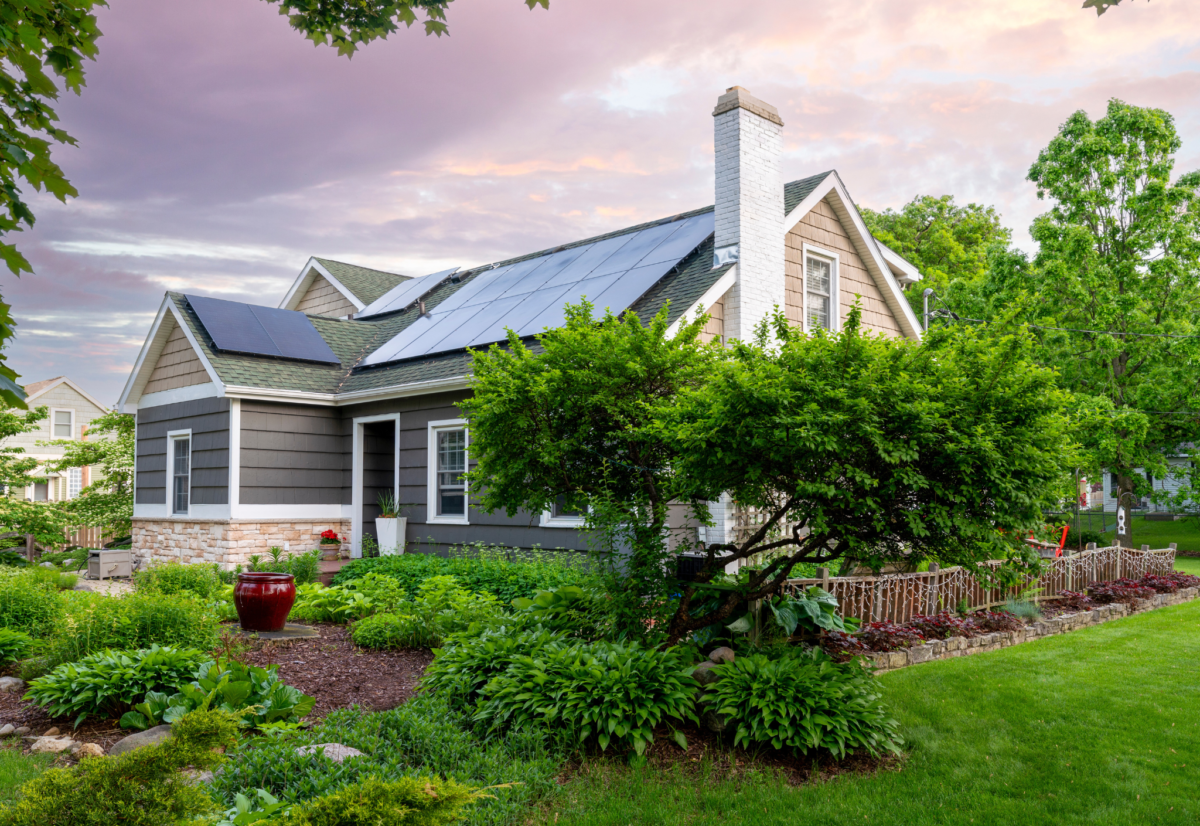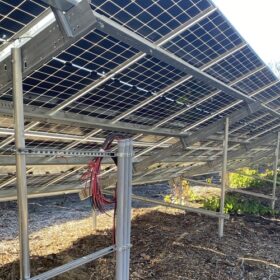Global actions, or inactions, are likely to lead to a rise in the average planetary temperature by more than 1.5°C due to escalating carbon dioxide levels. This potential rise has led researchers to examine the consequences using the Representative Concentration Pathway 4.5 Scenario, which predicts a 4.5°C rise. Many scientists warn that such warming could present significant global challenges.
In response to these findings, a team from the University of Michigan projects that climate change induced warming could increase the value of residential rooftop solar by between 19% and 25%. This expected rise in value is primarily attributed to increased demand for on-site electricity, complemented by a slight boost from enhanced solar electricity generation due to fewer cloudy days anticipated in the future.

The logic behind the first factor is simple: higher temperatures will necessitate increased use of air conditioning, leading to greater electricity consumption. As a result, buildings can derive more value from the solar power generated on their roofs by utilizing it immediately. This direct usage reduces reliance on net metering and diminishes dependency on distribution and transmission lines.
The study estimates that climate change could increase total household cooling energy by 40% to 100% in cities across various U.S. cities. The impact, however, varies by location; Miami experienced the most significant increase, while Minneapolis, situated much farther north, saw a slight decrease in the financial benefits of rooftop solar for households, specifically in terms of cooling costs. Among the 17 cities analyzed, Minneapolis was the only one to report a reduction in electricity consumption, due to its increasingly temperate weather.

Numerically, the analysis indicates that the electricity required for cooling these locations, measured in kilowatt-hours per year per square meter, will increase from 5, 11 and 24 kWh/m2 in cold, mild, and hot cities to 9, 16 and 31 kWh/m2, respectively, by the end of the century.
A second layer of analysis examined the potential electricity generation by solar panels under future weather conditions, revealing mixed results. Rising temperatures are expected to reduce solar power efficiency, thus decreasing their output. Conversely, the models suggest fewer clouds on average, which would boost generation.
Weather effects, which vary regionally, significantly impact solar output. For example, persistent high pressure in the upper atmosphere could drive solar irradiance up to 30% above normal, setting new records for solar generation and temperature in North America as seen in mid-February 2024.
The research team indicated that these two variables, when considered across all 17 cities, essentially neutralize each other.
Additional considerations for the value of residential rooftop solar in times of climate complexity include enhancing local resiliency and reducing the need for costly upgrades to distribution and transmission power grid infrastructure.
This content is protected by copyright and may not be reused. If you want to cooperate with us and would like to reuse some of our content, please contact: editors@pv-magazine.com.








By submitting this form you agree to pv magazine using your data for the purposes of publishing your comment.
Your personal data will only be disclosed or otherwise transmitted to third parties for the purposes of spam filtering or if this is necessary for technical maintenance of the website. Any other transfer to third parties will not take place unless this is justified on the basis of applicable data protection regulations or if pv magazine is legally obliged to do so.
You may revoke this consent at any time with effect for the future, in which case your personal data will be deleted immediately. Otherwise, your data will be deleted if pv magazine has processed your request or the purpose of data storage is fulfilled.
Further information on data privacy can be found in our Data Protection Policy.